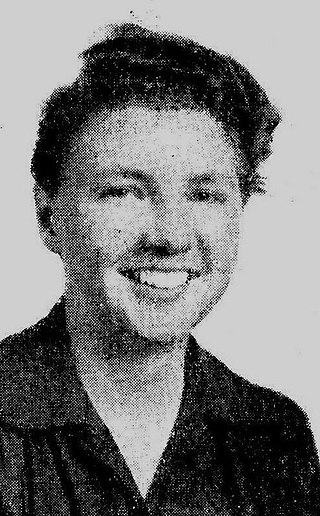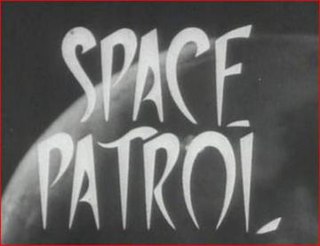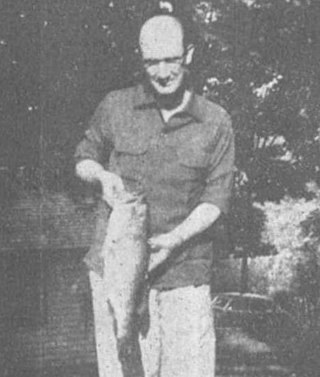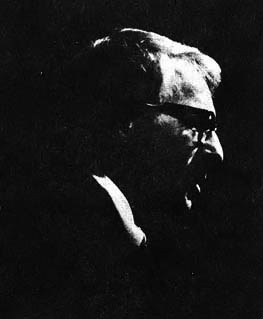Plot summaries
The title story, "Day Million", details the romance between two people, referred to as Don and Dora (shortened versions of their full names), who bump into each other for the first time on the millionth day CE, which the author describes as being about a thousand years in the future. The text addresses the reader directly, subverting expectations by revealing that Dora is genetically male but was made female shortly after conception because genetic analysis showed that she would prefer that outcome. Don is described as handsome and bronze, but is revealed to be a partial cyborg who has a metal radiation shield over his entire body to protect him while helping to pilot a starship. Dora for her part likes being semi-aquatic, so she had gills installed. The two get married, exchange personality information, and part forever. They can thus experience virtual sex with each other and with any number of other lovers.
In the "Schematic Man" a man's life is transcribed into a computer to the point where he begins to believe that he is living within the machine, and "Making Love", in which population control is effected by providing everybody with simulated lovers indistinguishable from the real thing.
In contrast, "Under Two Moons" combines a parody of the John Carter stories by Edgar Rice Burroughs, with the hero cast as a space-traveling secret agent in the style of James Bond.
"The Day the Martians Came" is a short piece about men in a bar making up jokes about the newly discovered Martians, who are pathetic primitive beings. All are re-workings of old racial jokes. Somebody suggests that discovering the Martians would not matter to anybody, but the black bartender responds that it might matter a lot to people like him.
"The Deadly Mission of P. Snodgrass" is a time-travel story in which the protagonist gives modern medicine and technology to the Romans. The resultant population explosion, extrapolated to the 20th century, results in the entire mass of the planet Earth consisting of human bodies. It was originally published as humorous essay on the "Editor's Page" of Galaxy Science Fiction (June 1962).

Brian Wilson Aldiss was an English writer, artist and anthology editor, best known for science fiction novels and short stories. His byline reads either Brian W. Aldiss or simply Brian Aldiss, except for occasional pseudonyms during the mid-1960s.

Mars, the fourth planet from the Sun, has appeared as a setting in works of fiction since at least the mid-1600s. Trends in the planet's portrayal have largely been influenced by advances in planetary science. It became the most popular celestial object in fiction in the late 1800s, when it became clear that there was no life on the Moon. The predominant genre depicting Mars at the time was utopian fiction. Around the same time, the mistaken belief that there are canals on Mars emerged and made its way into fiction, popularized by Percival Lowell's speculations of an ancient civilization having constructed them. The War of the Worlds, H. G. Wells's novel about an alien invasion of Earth by sinister Martians, was published in 1897 and went on to have a major influence on the science fiction genre.

The Martian Chronicles is a science fiction fix-up novel, published in 1950, by American writer Ray Bradbury that chronicles the exploration and settlement of Mars, the home of indigenous Martians, by Americans leaving a troubled Earth that is eventually devastated by nuclear war.

Leigh Douglass Brackett was an American science fiction writer known as "the Queen of Space Opera." She was also a screenwriter, known for The Big Sleep (1946), Rio Bravo (1959), and The Long Goodbye (1973). She worked on an early draft of The Empire Strikes Back (1980), elements of which remained in the film; she died before it went into production. In 1956, her book The Long Tomorrow made her the first woman ever shortlisted for the Hugo Award for Best Novel, and, along with C. L. Moore, one of the first two women ever nominated for a Hugo Award. In 2020, she posthumously won a Retro Hugo for her novel The Nemesis From Terra, originally published as Shadow Over Mars.

Lloyd Biggle Jr. was an American musician, author, and oral historian.
The Seeds of Death is the fifth serial of the sixth season of the British science fiction television series Doctor Who. Written by Brian Hayles and an uncredited Terrance Dicks and directed by Michael Ferguson, it originally aired in six weekly parts on BBC1 from 25 January to 1 March 1969. It sees the return of the Ice Warriors, previously introduced by Hayles in the 1967 serial The Ice Warriors.

Quatermass and the Pit is a 1967 British science fiction horror film from Hammer Film Productions. It is a sequel to the earlier Hammer films The Quatermass Xperiment and Quatermass 2. Like its predecessors, it is based on a BBC Television serial, in this case Quatermass and the Pit, written by Nigel Kneale. The storyline, largely faithful to the original television production, centres on the discovery of ancient human remains buried at the site of an extension to the London Underground called Hobbs End. Ancient prehuman remains appear, then even more shocking discoveries, leading to the involvement of the space scientist Bernard Quatermass.

Space Patrol is a British science-fiction television series featuring marionettes that was produced in 1962 and broadcast from the beginning of April 1963. It was written and produced by Roberta Leigh in association with ABC Weekend TV.

Paul Warren Fairman (1909–1977) was an editor and writer in a variety of genres under his own name and under pseudonyms. His detective story "Late Rain" was published in the February 1947 issue of Mammoth Detective. He published his story "No Teeth for the Tiger" in the February 1950 issue of Amazing Stories. Two years later, he was the founding editor of If, but only edited four issues. In 1955, he became the editor of Amazing Stories and Fantastic. He held that dual position until 1958. His science fiction short stories "Deadly City" and "The Cosmic Frame" were made into motion pictures.

Raymond Fisher Jones was an American science fiction author. He is best known for his 1952 novel This Island Earth, which was adapted into the eponymous 1955 film.

Many works of fiction have featured UFOs. In most cases, as the fictional story progresses, the Earth is being invaded by hostile alien forces from outer space, usually from Mars, as depicted in early science fiction, or the people are being destroyed by alien forces, as depicted in the film Independence Day. Some fictional UFO encounters may be based on real UFO reports, such as Night Skies. Night Skies is based on the 1997 Phoenix UFO Incident.
Harry Whittington was an American mystery novelist and one of the pioneers of the paperback novel. Born in Ocala, Florida, he worked in government jobs before becoming a writer. His reputation as a prolific writer of pulp fiction novels is supported by his writing of 85 novels in a span of twelve years mostly in the crime, suspense, hardboiled, and noir fiction genres. In total, he published over 200 novels. Seven of his writings were produced for the screen, including the television series Lawman (1958-1962). His reputation as 'The King of the Pulps' is shared with author H. Bedford-Jones. Eight of Whittington's hardboiled noir novels were republished by Stark House Press.
The fictional portrayal of the Solar System has often included planets, moons, and other celestial objects which do not actually exist in reality. Some of these objects were, at one time, seriously considered as hypothetical planets which were either thought to have been observed, or were hypothesized to be orbiting the Sun in order to explain certain celestial phenomena. Often such objects continued to be used in literature long after the hypotheses upon which they were based had been abandoned.

Milton Subotsky was an American film and television writer and producer. In 1964, he founded Amicus Productions with Max J. Rosenberg. Amicus means "friend" in Latin. The partnership produced low-budget science fiction and horror films in the United Kingdom.
Donald Chaffey was a British film director, writer, producer, and art director.

The following is a list of works by Ray Bradbury.

Marooned on Mars is a juvenile science fiction novel written by American writer Lester del Rey. It was published by John C. Winston Co. in 1952 with illustrations by Alex Schomburg.
The bibliography of American writer Fredric Brown includes short stories, general fiction, mysteries and science fiction stories.
This is an incomplete list of works by American space opera and science fiction author Frederik Pohl, including co-authored works.

The Best of Frederik Pohl is a collection of science fiction short stories by American author Frederik Pohl, edited by Lester del Rey. It was first published in hardcover by Nelson Doubleday in March 1975 as a selection of its Science Fiction Book Club, and in paperback by Ballantine Books in June of the same year as a volume in its Classic Library of Science Fiction, and reprinted in April 1976. The book was reissued in hardcover by Taplinger in 1977. The first British edition was issued in Hardcover in January 1977 by Sidgwick & Jackson, which later gathered it together with The Best of Harry Harrison (1976) into the omnibus volume Science Fiction Special 29 (1978). It has also been translated into Italian and German.














